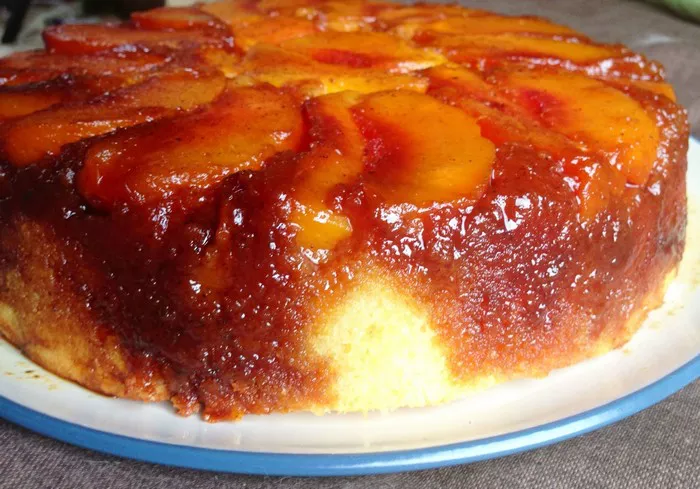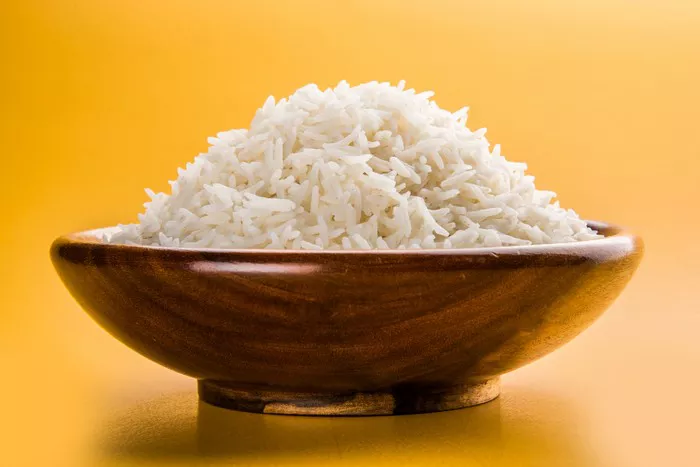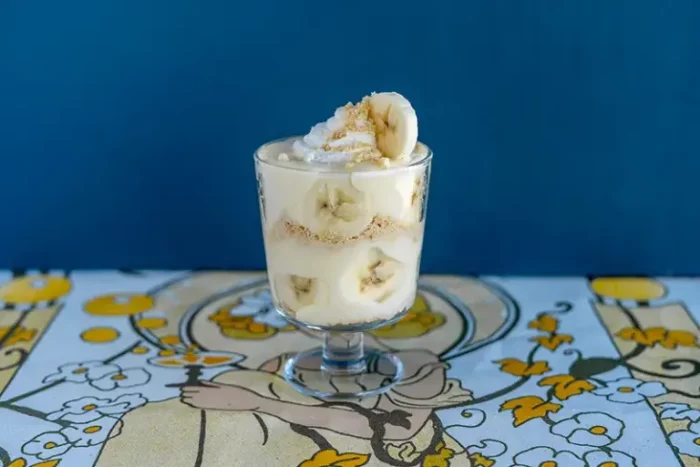Baking a cake is a rewarding and enjoyable experience, whether you’re a beginner or an experienced baker. With the right ingredients and a little bit of know-how, you can create a delicious cake from scratch. This guide will take you through the entire process, from gathering your ingredients to serving the finished cake.
Why Bake a Cake from Scratch?
Many people choose to bake cakes from scratch for several reasons:
Freshness: Homemade cakes taste fresh and are free from preservatives found in store-bought cakes.
Customization: You have control over the flavors, texture, and ingredients, allowing you to tailor the cake to your preferences or dietary needs.
Satisfaction: There’s something special about creating something from scratch, and the aroma of a baking cake fills your home with warmth.
Now, let’s dive into how you can bake a cake at home with ease.
Essential Tools for Baking a Cake
Before starting, make sure you have the right tools on hand. Having everything ready will make the process smoother and more efficient.
1. Mixing Bowls
You’ll need a large mixing bowl for the dry ingredients and a separate one for the wet ingredients. Stainless steel or glass bowls are ideal.
2. Electric Mixer or Whisk
An electric hand mixer is ideal for mixing cake batter, but if you don’t have one, a regular whisk will do.
3. Measuring Cups and Spoons
Accurate measurements are essential for baking. Use dry measuring cups for ingredients like flour and sugar and liquid measuring cups for milk, water, or oils.
4. Cake Pans
For most cakes, a round or square cake pan works well. Depending on your recipe, you may need different sizes (8-inch, 9-inch, etc.).
5. Spatula
A silicone spatula helps you scrape the bowl clean and mix ingredients thoroughly.
6. Cooling Rack
A cooling rack is useful for allowing the cake to cool down without becoming soggy.
7. Oven
The oven is obviously essential, and it’s important to preheat it to the correct temperature before you start baking.
Ingredients You Need
Different cake recipes require different ingredients, but the basic components of most cakes are the same. Here’s a list of common ingredients needed for a simple, classic cake:
1. Flour
All-purpose flour is the most common type used for cakes. Cake flour can also be used for a lighter, softer texture.
2. Sugar
Granulated white sugar is the most common choice, but brown sugar can add a slightly different flavor and texture.
3. Butter or Oil
Butter adds richness and flavor, while oil helps keep the cake moist. Some recipes use a combination of both.
4. Eggs
Eggs provide structure and help bind the ingredients together. They also contribute to the cake’s rise.
5. Baking Powder or Baking Soda
These leavening agents help the cake rise. Baking powder is typically used for cakes that don’t contain acidic ingredients, while baking soda is used when there are acidic components like buttermilk or vinegar.
6. Milk or Liquid
Milk is the most common liquid used in cake recipes, but you can substitute with water, buttermilk, or even juice depending on the flavor.
7. Vanilla Extract
Vanilla is a classic flavoring used in cakes, adding depth and sweetness.
8. Salt
A small amount of salt helps balance the sweetness and enhances the flavor.
Optional Ingredients:
- Cocoa Powder for a chocolate cake.
- Fruit, Nuts, or Spices for added flavor.
- Yogurt or Sour Cream for extra moisture and tenderness.
How to Bake a Cake: Step-by-Step Instructions
Now that you’ve gathered your ingredients and tools, it’s time to start baking your cake. Follow these detailed steps for a perfect homemade cake.
1. Preheat the Oven
Before you begin mixing your ingredients, always preheat your oven to the temperature specified in your recipe. Typically, cake recipes call for an oven temperature between 325°F and 375°F (163°C to 190°C). Preheating the oven ensures your cake bakes evenly and rises properly.
2. Prepare the Cake Pan
Grease your cake pan(s) with butter or oil to prevent the cake from sticking. You can also line the pan with parchment paper for extra assurance. For an even more foolproof method, dust the greased pan with a little flour. Tap out any excess flour. If you’re making a layered cake, consider using two pans.
3. Mix Dry Ingredients
In a large mixing bowl, combine your dry ingredients: flour, baking powder (or soda), and salt. Use a whisk or spoon to stir everything together to ensure even distribution.
4. Cream the Butter and Sugar
In another bowl, use an electric mixer to cream together the butter and sugar. Start on low speed and gradually increase to medium speed. Creaming incorporates air into the butter, which helps the cake rise and become light and fluffy. This step usually takes 3-5 minutes.
5. Add Eggs One at a Time
Once the butter and sugar are creamed together, add the eggs one at a time. Mix each egg in completely before adding the next. This ensures the eggs are properly incorporated into the batter and prevents curdling.
6. Add Wet Ingredients
Once the eggs are fully mixed in, add your milk (or other liquid) and vanilla extract. Stir to combine, but don’t over-mix. The goal is to keep the batter light and airy.
7. Combine Wet and Dry Ingredients
Now, slowly add the dry ingredients to the wet ingredients. You can do this in parts, alternating between adding a little dry mixture and stirring in the liquid. This technique helps prevent the batter from becoming too dense or lumpy. Stir gently with a spatula or use the mixer on a low setting.
8. Check the Consistency
The batter should be smooth, slightly thick, and easily spreadable. If it feels too thick, you can add a little more milk to achieve the right consistency. The batter should be thick enough to mound on a spoon but not stiff.
9. Pour the Batter Into the Cake Pan
Once your batter is ready, pour it evenly into the prepared cake pan(s). Use a spatula to spread the batter into an even layer. If you’re making a multi-layer cake, divide the batter evenly between the pans.
10. Bake the Cake
Place the pan(s) in the preheated oven. Set a timer for the recommended bake time (typically 25-35 minutes). Check the cake’s progress by inserting a toothpick into the center of the cake. If it comes out clean or with a few moist crumbs, the cake is done.
If you’re making a layered cake, check both pans for doneness. If one is done before the other, remove it from the oven and let it cool while the second cake finishes baking.
11. Let the Cake Cool
Once the cake is done, remove it from the oven and place it on a cooling rack. Let it cool in the pan for 10-15 minutes. This allows the cake to set and makes it easier to remove from the pan. After this, flip the pan over and gently remove the cake. If you used parchment paper, peel it off carefully.
12. Frost or Serve
Once the cake has cooled completely, it’s time to frost or serve. If you’re frosting the cake, make sure the cake is fully cooled to prevent the frosting from melting. You can use a simple buttercream frosting, cream cheese frosting, or any frosting you like.
To frost, place the first layer on a cake stand or serving plate. Spread frosting on top, and then place the second layer on top. Continue frosting the top and sides of the cake. You can also decorate with sprinkles, fresh fruit, or chocolate shavings.
Tips for Perfecting Your Cake
Room Temperature Ingredients: Ensure your butter, eggs, and milk are at room temperature before starting. This helps them combine more easily and results in a smoother batter.
Don’t Overmix: Overmixing the batter can lead to a dense cake. Mix only until the ingredients are combined.
Check for Doneness: Every oven is different, so check your cake a few minutes before the suggested bake time to prevent overbaking.
Conclusion
Baking a cake is a fun and rewarding process that anyone can master. By following the detailed steps above, you’ll be able to bake a delicious cake from scratch every time. Whether you’re making a simple vanilla cake or experimenting with new flavors, the key is to take your time, be patient, and enjoy the process. Happy baking!
Related topics:























